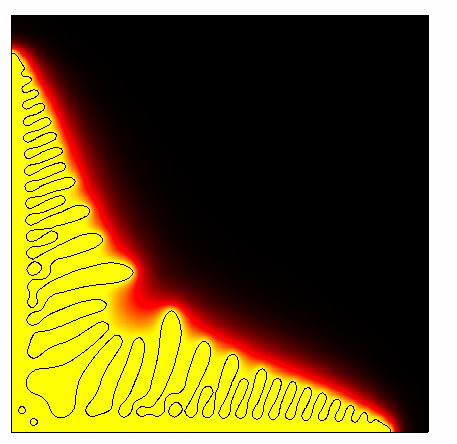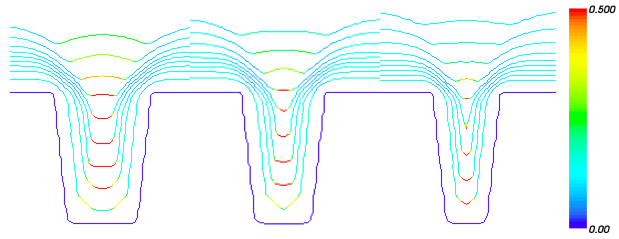FiPy: A Finite Volume PDE Solver Using Python
SVN usage
All stages of FiPy development are archived in a Subversion (SVN) repository at MatForge. You can browse through the code at http://matforge.org/fipy/browser and, using an SVN client, you can download various tagged revisions of FiPy depending on your needs.
Attention!
Be sure to follow the Installation Guide to obtain all the prerequisites for FiPy .
SVN client
An svn client application is needed in order to fetch files from our repository. This is provided on many operating systems (try executing which svn) but needs to be installed on many others. The sources to build Subversion, as well as links to various pre-built binaries for different platforms, can be obtained from http://subversion.tigris.org.
Mac OS X client
You can obtain a binary installer of svn from
http://www.codingmonkeys.de/mbo/
Alternatively, if you are using Fink, then you can execute the command:
$ sudo apt-get install svn-client
If you prefer a GUI, after you install svn, you can obtain svnX from
http://www.lachoseinteractive.net/en/community/subversion/svnx
SVN tags
In general, most users will not want to download the very latest state of FiPy , as these files are subject to active development and may not behave as desired. Most users will not be interested in particular version numbers either, but instead with the degree of code stability. Different "tracking tags" are used to indicate different stages of FiPy development. You will need to decide on your own risk tolerance when deciding which stage of development to track.
A fresh copy of FiPy that is designated by a particular <tag> can be obtained with:
$ svn checkout http://matforge.org/svn/fipy/<tag>
An existing SVN checkout of FiPy can be shifted to a different state of development by issuing the command:
$ svn switch http://matforge.org/svn/fipy/<tag> .
in the base directory of the working copy. The main tags (<tag>) for FiPy, in decreasing order of stability, are:
- tags/STABLE
- designates the most recent release in the repository that can be considered stable for daily use by the common user. This is a good tag to track if you don't want to run into bugs introduced with ongoing development but would like to take advantage of new features as soon as possible.
- tags/CURRENT
- designates the most recent code on the trunk forming a coherent state of FiPy, in general this will mean a release, but can also mean a pre-release testing version. For instance, the release engineer might ask testers to test tags/CURRENT before he makes a release.
- trunk
- designates the latest revision of any file present in the repository. FiPy is not guaranteed to pass its tests or to be in a consistent state when checked out under this tag.
In addition:
- tags/version-x_y
- designates a released version x.y. Any released version of FiPy will be designated with a fixed tag: The current version of FiPy is 1.2.
- branches/branch-version-x_y
- designates a line of development based on a previously released version (i.e., if current development work is being spent on version 0.2, but a bug is found and fixed in version 0.1, that fix will be tagged as version-0_1_1, and can be obtained from branch-version-0_1).
Any other tags will not generally be of interest to most users.
For those who are interested in learning more about Subversion, the canonical manual is the online Subversion Red Bean book .




